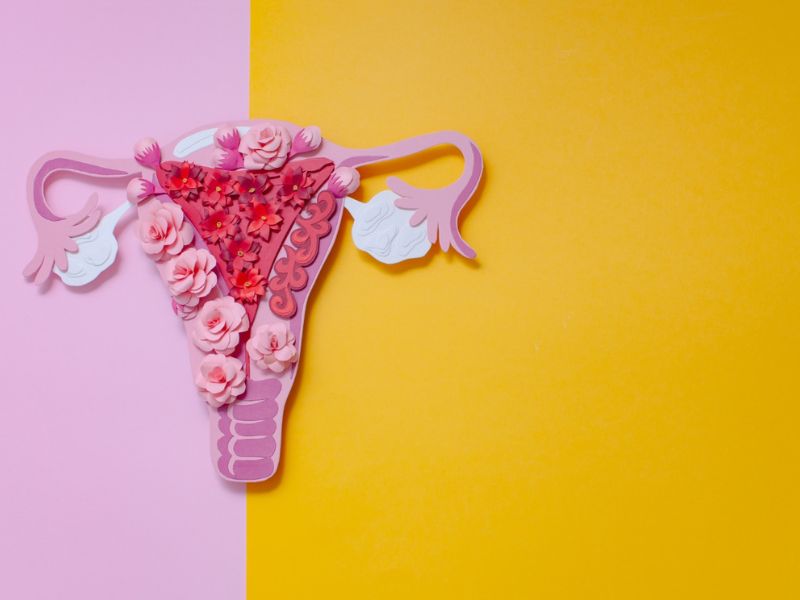
Endometriosis: A Little-Known Disease
Endometriosis is a chronic condition that affects approximately 10% of women of reproductive age. Symptoms can vary and include severe pelvic pain, fertility problems, profoundly impacting the daily lives of affected women. Yet, despite being a primary cause of chronic pelvic pain and infertility, this condition often remains misunderstood and diagnosed late.
What is Endometriosis?
Endometriosis is a complex condition characterized by the abnormal growth of tissue similar to the lining of the uterus outside the uterine cavity. This ectopic endometrial tissue can develop in various areas of the pelvis, such as the ovaries, fallopian tubes, pelvic peritoneum, and abdomen. In less common cases, it can also manifest in extra-pelvic sites such as the intestines, bladder, and rarely, the lungs or skin. These abnormal endometrial implants respond to female sex hormones in the same way as normal endometrial tissue, increasing in size and bleeding during the menstrual cycle. However, unlike menstrual blood expelled from the uterus, blood from ectopic implants has no way out, causing inflammation, scar formation, and potentially harmful adhesions. These can induce pelvic pain, dysmenorrhea (intense menstrual pain), dyspareunia (pain during sexual intercourse), intestinal and urinary problems during the cycle, and potentially infertility.
The precise etiology of endometriosis has not yet been fully understood, but it is believed that multiple mechanisms may contribute to its onset. Among these are the theory of retrograde menstruation, metaplastic transformation of peritoneal cells, lymphatic or hematogenous spread of endometrial cells, genetic and immunological factors. The diagnosis of endometriosis typically relies on a combination of clinical history, physical examination, pelvic ultrasound, and definitive confirmation through laparoscopy, which allows direct visualization of endometriotic implants and, if necessary, their removal or biopsy for histological examination. Therapeutic management varies depending on the severity of symptoms, patient age, and desire for pregnancy and may include non-surgical medical therapies such as the use of anti-inflammatory drugs, hormonal therapies to suppress the growth of ectopic endometrium, and surgical interventions to remove endometriotic tissue and adhesions.
A Significant Impact
Waiting for a correct diagnosis can require years of suffering. This further complicates pain and fertility management. But endometriosis not only affects physically. It also brings serious psychological consequences, such as depression and anxiety, exacerbated by the struggle for an accurate diagnosis and effective treatment. World Endometriosis Day aims to break the silence on this condition. It promotes awareness and understanding of how to manage symptoms, thus improving the lives of those affected.
Support Initiatives
During this World Day and Awareness Month, initiatives flourish to educate and support those facing endometriosis. Webinars, virtual events, and social campaigns aim to increase awareness and provide useful information on managing the disease. Organizations like Endometriosis UK have launched campaigns like “Could it be Endometriosis?” to help recognize symptoms promptly and seek support.
Towards a Future of Hope
Research is ongoing to find new effective treatments. There are already therapies available to manage symptoms: hormonal, surgical. Additionally, natural options and dietary approaches are being explored. The importance of research and community support is vital in combating endometriosis.
World Endometriosis Day annually reminds us of the urgency to act on this challenging condition. But it also shows strength in unity. Increasing awareness and supporting research are crucial steps towards a tomorrow without limits for those suffering from endometriosis.
Sources

